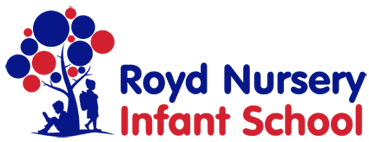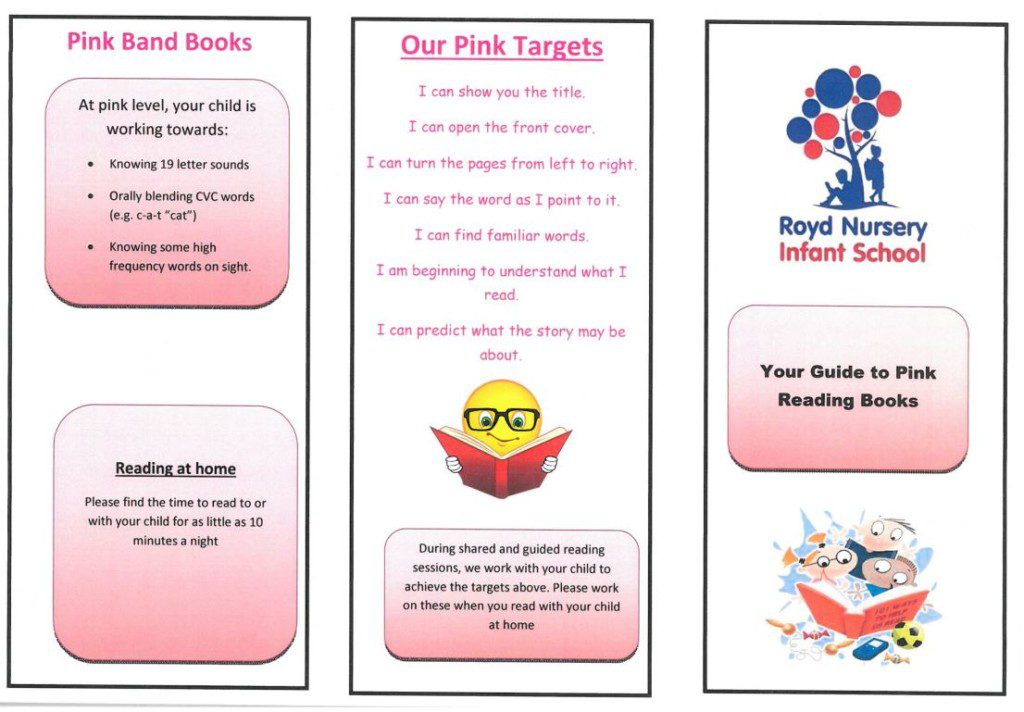Reading
READING AT ROYD
Years of research shows clearly that children are far more likely to succeed in learning when their families/carers actively support them. When you and other family members read with your child/ren, help them with homework, talk with their teachers, and participate in school or other learning activities, you give your child a tremendous advantage. Other than helping your child/ren to grow up healthy and happy, the most important thing that you can do for them is to help them develop their reading skills.
It is no exaggeration to say that how well children learn to read affects directly not only how successful they are in school but how well they do throughout their lives. When children learn to read, they have the key that opens the door to all the knowledge of the world. Without this key, many children are left behind.
PHONICS
https://www.youtube.com/watch?v=TkXcabDUg7Q&safe=active
BECOMING A READER
Every step a child takes toward learning to read leads to another. Bit by bit, the child builds the knowledge that is necessary for being a reader. Over their first 6 years, most children:
HOW DOES IT HELP
Talk and listen.
Listen to stories read aloud.
Pretend to read.
Learn how to handle books.
Learn about print and how it works.
Identify letters by name and shape.
Identify separate sounds in spoken language.
Write with scribbles and drawing.
Connect single letters with the sounds they make.
Connect what they already know to what they hear or read.
Predict what comes next in stories and poems.
Connect combinations of letters with sounds.
Recognize simple words in print.
Sum up what a story is about.
Write individual letters of the alphabet.
Write words.
Write simple sentences.
Read simple books.
Write to communicate.
From the earliest days, talk with your child about what you are reading. You might point to pictures and name what is in them. When they are ready, have them do the same. Ask them, for example, if they can find the little mouse in the picture, or do whatever is fun and right for the book.
Later on, as you read stories, read slowly and stop now and then to think aloud about what you’ve read. From the time your child is able to talk, ask them such questions about the story as, “What do you think will happen next?” or “Do you know what a palace is?” Answer their questions and, if you think they do not understand something, stop and talk more about what they asked. Don’t worry if you occasionally break the flow of a story to make clear something that is important. However, don’t stop so often that the child loses track of what is happening in the story.
BE A ROLE MODEL
When you take your child to the library, check out a book for yourself. Then set a good example by letting your child see you reading for yourself. Ask your child to get one of her books and sit with you as you read your book, magazine, or newspaper.
Don’t worry if you feel uncomfortable with your own reading ability. It’s the reading that counts. When your child sees that reading is important to you, she may decide that it is important to her, too. Reading together is a perfect time to help a late toddler or early preschooler learn what print is.
As you read aloud, stop now and then and point to letters and words; then point to the pictures they stand for. Your child will begin to understand that the letters form words and that words name pictures. He will also start to learn that each letter has its own sound—one of the most important things your child can know when learning to read. By the time children are 4, most have begun to understand that printed words have meaning.
By age 5, most will begin to know that not just the story but the printed words themselves go from left to right. Many children will even start to identify some capital and small letters and simple words.
Royd Nursery Infant School use a range of reading publications when teaching reading. The school has adopted the book banding system to level the range of reading books. Phonics is taught using an adaption of Read Write Inc.
The handouts below link to the coloured books your child is reading at school. There are useful tips to support your child when reading.

